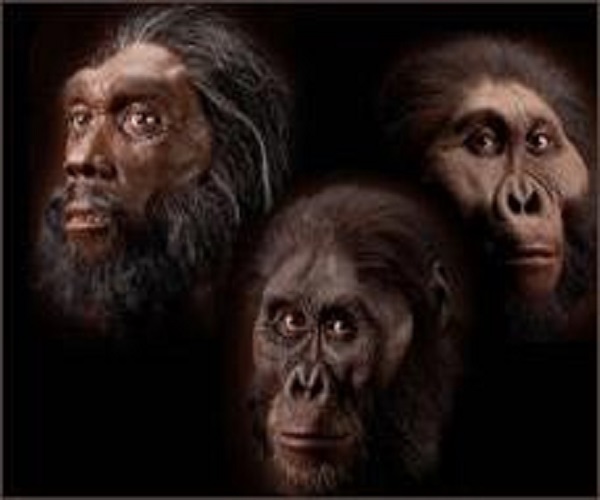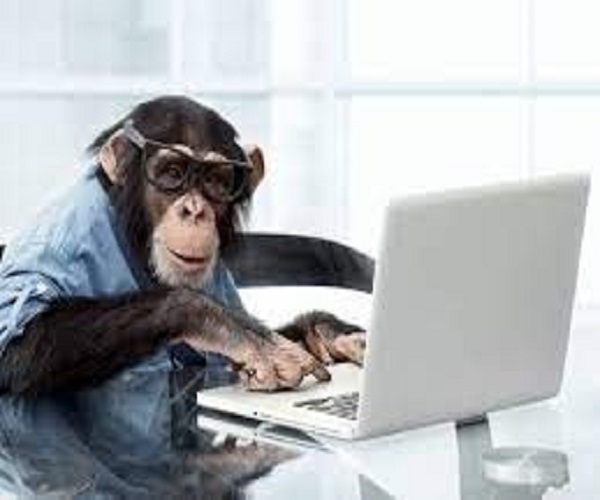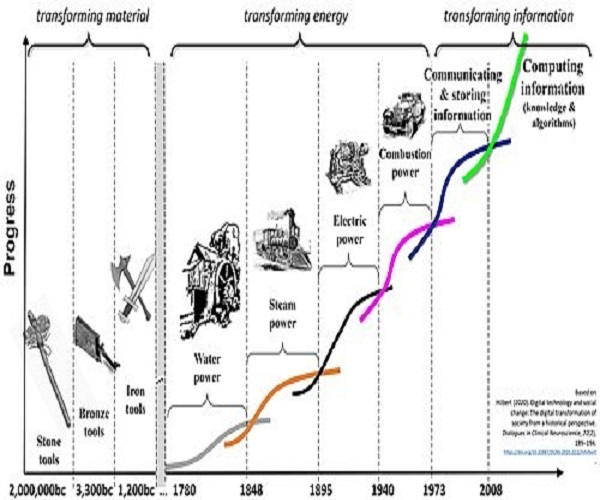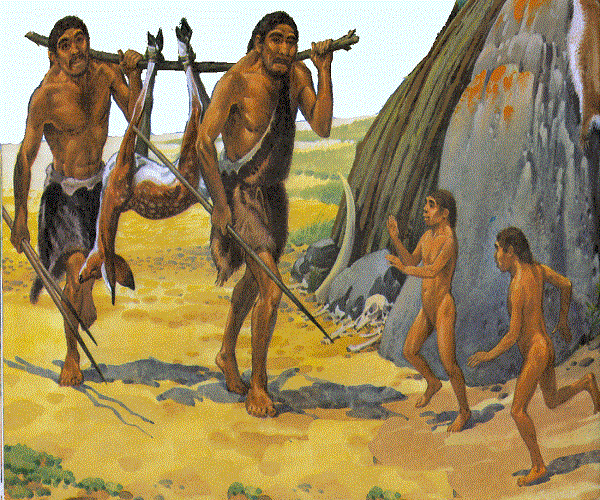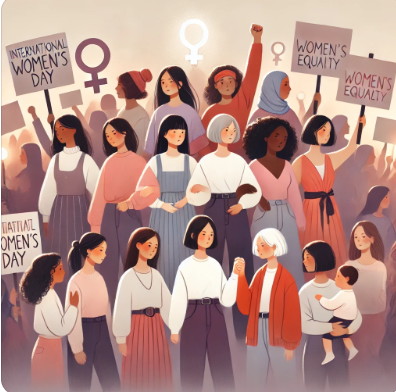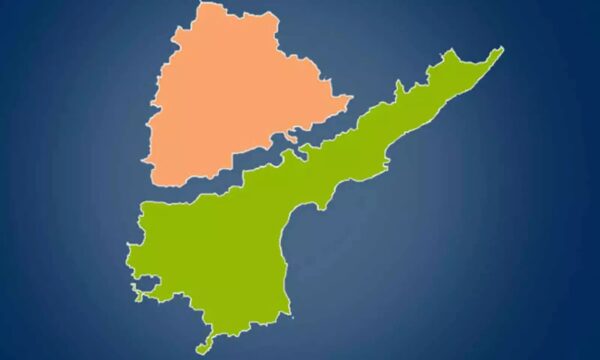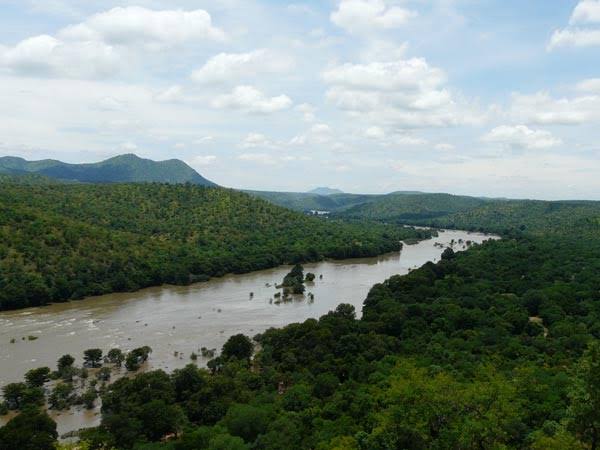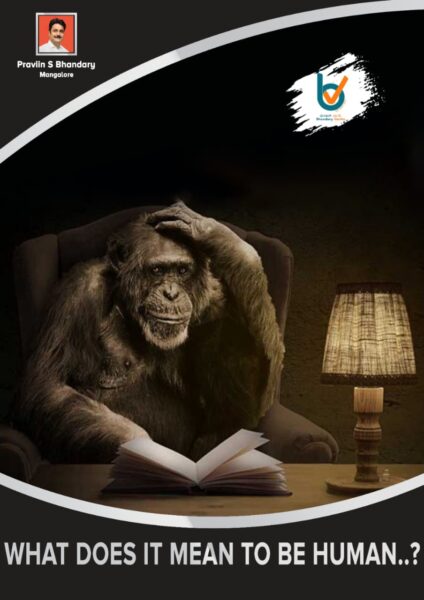
“Your mindset is about what you see, think, and believe. … It is the internal lens through which you see and navigate life. Mindset influences everything you see, as well as everything you do.”
4% of what we do and how we behave is what makes us human. But, what does really mean to be human?
Over a long period of time, we adapted to the changing world and evolved certain characteristics that help to define our species today. This article is inspired by the research and studies done by the Smithsonian – National Museum of National History. It says, “Early humans began walking upright before they began making tools. A rapid increase in brain size occurred before early humans began using symbols to communicate. And all of these traits emerged before humans began domesticating plants and animals.”
The entire article is divided into 7 sections.
- Walking Upright,
- Tools & Food
- Bodies
- Brains
- Social Life
- Language and Symbols
- Humans Change the world
If you are an entrepreneur, it’s very important for you to understand what makes us human. The awareness could not only help you to understand yourself better but also, helps you to understand your customer better.
I am writing this article in 3 parts. In the first part, we will explore Walking Upright and Tools & Food. In the second part, Body, Brain and Social life. And in the third part, we will explore Language & Symbols along with How humans are changing the world.
In the beginning, we had the ability to climb trees and walk on the ground. This was very useful to get around diverse habitats and cope with changing climates. It’s found that, 6-7 million years ago, Sahelanthropusmay have developed the skill to walk on 2 legs. Walking upright may have helped us to survive in the diverse habitats near where it lived—including forests and grasslands.
As years passed, around 4 million years ago, it was found that our knees has become stronger. We all must have observed this, Every time you take a step, you tend to stand on one leg—putting stress on your leg bones. The wide area of bone just below this knee joint in Australopithecus anamensisis a result of that stress. It provides strong evidence that this individual walked upright. Later around 2.5 million years ago, there was an improvement in our spine. The curved Spine slowly started getting straight/upright. This also helped us to stand with the help of hip support. The size and broad shape of the hip bones of Homo erectus are similar to a modern human’s, showing that this early human species had given up climbing for walking. Less than 2 million years ago, The long thigh bones of Homo erectus enabled its owner to take long strides and therefore to walk farther and faster than earlier humans.
Drawings of skulls of a chimpanzee (left), early human (middle), and modern human (right). Image courtesy of Karen Carr Studios
(© Copyright Smithsonian Institution)
The spine is one of the magical bone structures that separate us from our closest relatives, chimpanzees. The spine of a chimpanzee connects with the skull at the back, holding the head at an angle. The spine of early humans connected with the skull underneath, stabilizing the head when walking upright. Your spine connects with your skull underneath and near the center, holding your head firmly upright.
Walking upright has its own advantages and disadvantages:
ADVANTAGES
- Making it easier to pick fruits and other food from low-lying branches;
- Freeing hands for carrying food, tools, or babies;
- Enabling early humans to appear larger and more intimidating;
- Helping early humans cover wide, open landscapes quickly and efficiently.
DISADVANTAGEOUS: Back pain and other skeletal problems are relatively common in modern humans, an unfortunate side effect of walking upright. Distributing all our weight on just two limbs can have painful consequences, like lower back pain, slipped disks, arthritis in hips and knees, and collapsed foot arches.
TOOLS & FOOD
Early humans in East Africa used hammerstones to strike stone cores and produce sharp flakes. For more than 2 million years, early humans used these tools to cut, pound, crush, and access new foods—including meat from large animals.
Around this time, toolmakers began to strike huge flakes off stone cores. They shaped the large flakes into handaxes by striking smaller flakes all around the edges. These multipurpose tools dominated early human technology for more than a million years. Ancient handaxes have been found in Africa, Asia, and Europe.
Smithsonian scientists and their Chinese colleagues found these handaxes in the same sediment layer with tektites, small rocks that formed during a meteor impact 803,000 years ago.
By 790,000 years ago, control of fire provided a new tool with several uses—including cooking, which led to a fundamental change in the early human diet. Cooking released nutrients in foods and made them easier to digest. It also rid some plants of poisons. Some researchers think cooking may reach back more than 1.5 million years. By at least 500,000 years ago, early humans were making wooden spears and using them to kill large animals.
EXPLOSION OF TECHNOLOGY
Eventually, new kinds of tools replaced stone handaxes. Some were small or made of several parts. Some were made of bone, ivory, or antler. Over the past 100,000 years, as modern humans spread around the world, the pace of technological change accelerated—leading to today’s extraordinary diversity of specialized tools.
Carving and Shaping Burins are specialized stone flakes with sharp, chisel-like tips. Humans used them to work bone, antler, ivory, and wood and to carve designs and images on the surfaces of these materials. Clothing was given more importance to suit the climate. Around 70,000 years ago there was a tremendous improvement in Fishing skills along with improvements in speed of hunting and hunting dangerous animals.
Then came a time when we learned to store things. This is one of the major milestones in human evolution. No other animals (except a few exceptions) store food for later consumption. And we as humans started storing the food that we gathered through hunting.
Eating meat also had its own advantages and disadvantages.
ADVANTAGES
- Meat is a concentrated source of calories, protein, fat, and nutrients.
- Unlike many plants, most meat does not naturally contain toxic chemicals; so it was a relatively safe food for early humans.
- Meat is more quickly digested than plants and does not require large guts, saving energy for the brain and other organs.
DISADVANTAGES
- Hunting and scavenging large animals is risky and less predictable than gathering plants.
- Dangerous animals competed with early humans to obtain meat.
- Meat spoils quickly and can contain tapeworms and other parasites.
In part 2 we will talk about the evolution of our bodies and Brain along with our need for socializing. These are the most essential elements to know for you as an entrepreneur.
I always believe in getting to the core of any subject before we make any judgments are generalizing any concepts. I am sure, these 3 parts of the article would help you to see your business from a very different perspective.
Stay connected to get part 2 of the article. Share this article with your entrepreneur friends.
✍️ PRAVIIN S BHANDARY MANGALORE
About Praviin S Bhandary :
Praviin S Bhandary studied at the prestigious and world-renowned Sir JJ School of Arts, Mumbai.
His career first steps were from India’s leading newspaper company, Bennet and Coleman Company, commonly called The Times of India Group. Subsequently, he has added four years of experience in reputed design agencies.
At the age of 26, he took a bold step by starting his own outfit. The journey has been very rewarding. He is the founder of Orrigem – The Desiign Hub and currently conducts online coaching for entrepreneurs on BUSINESS BRANDING.
